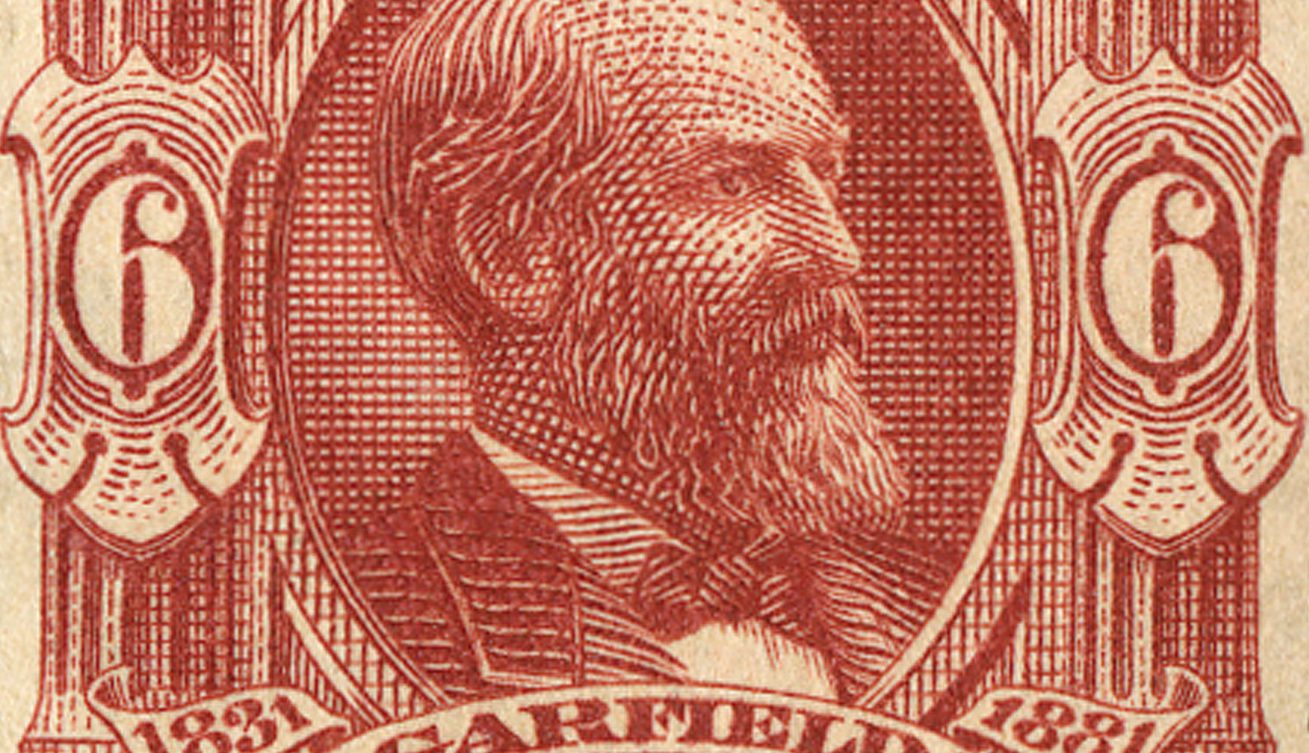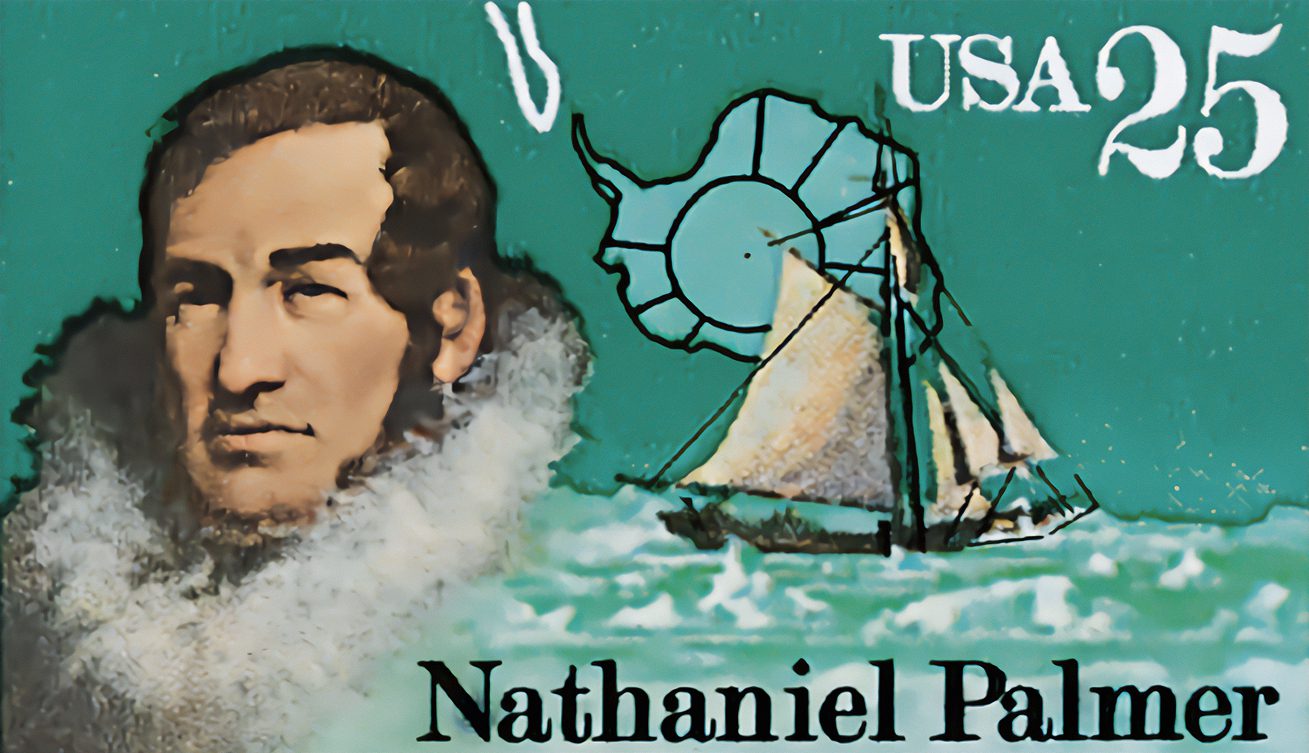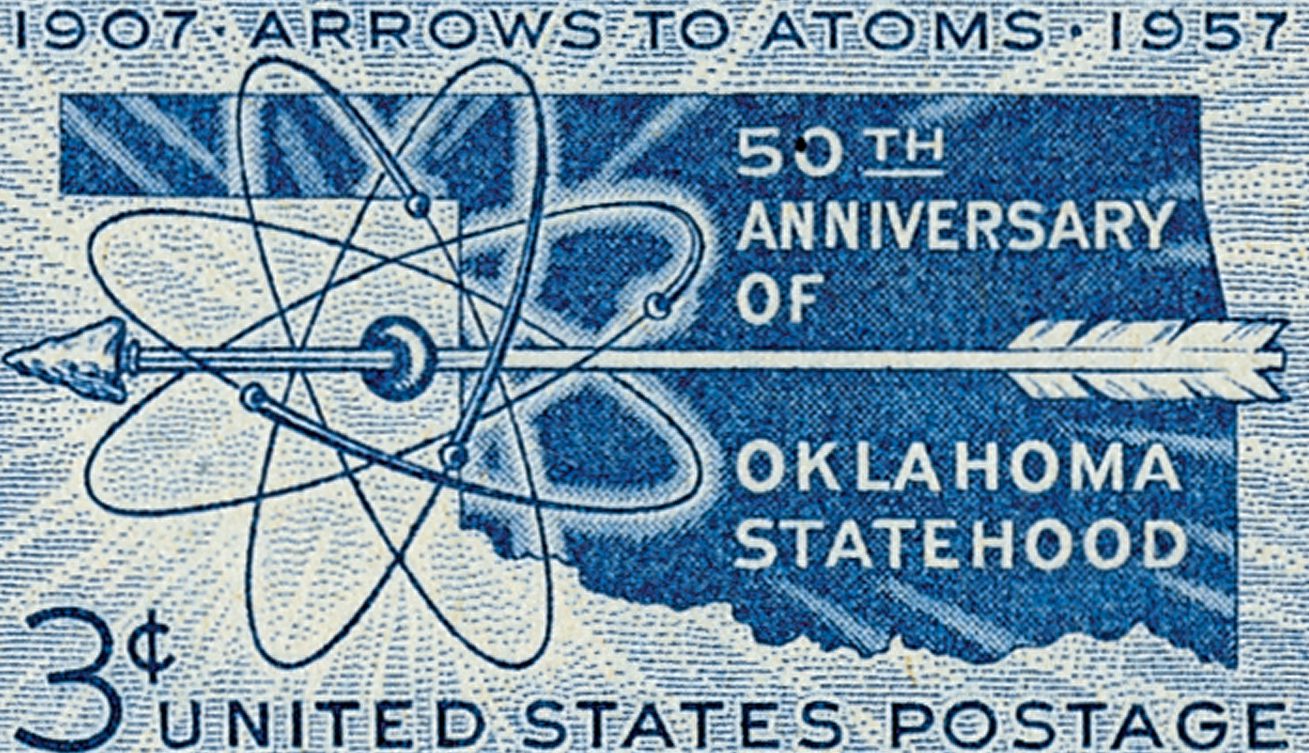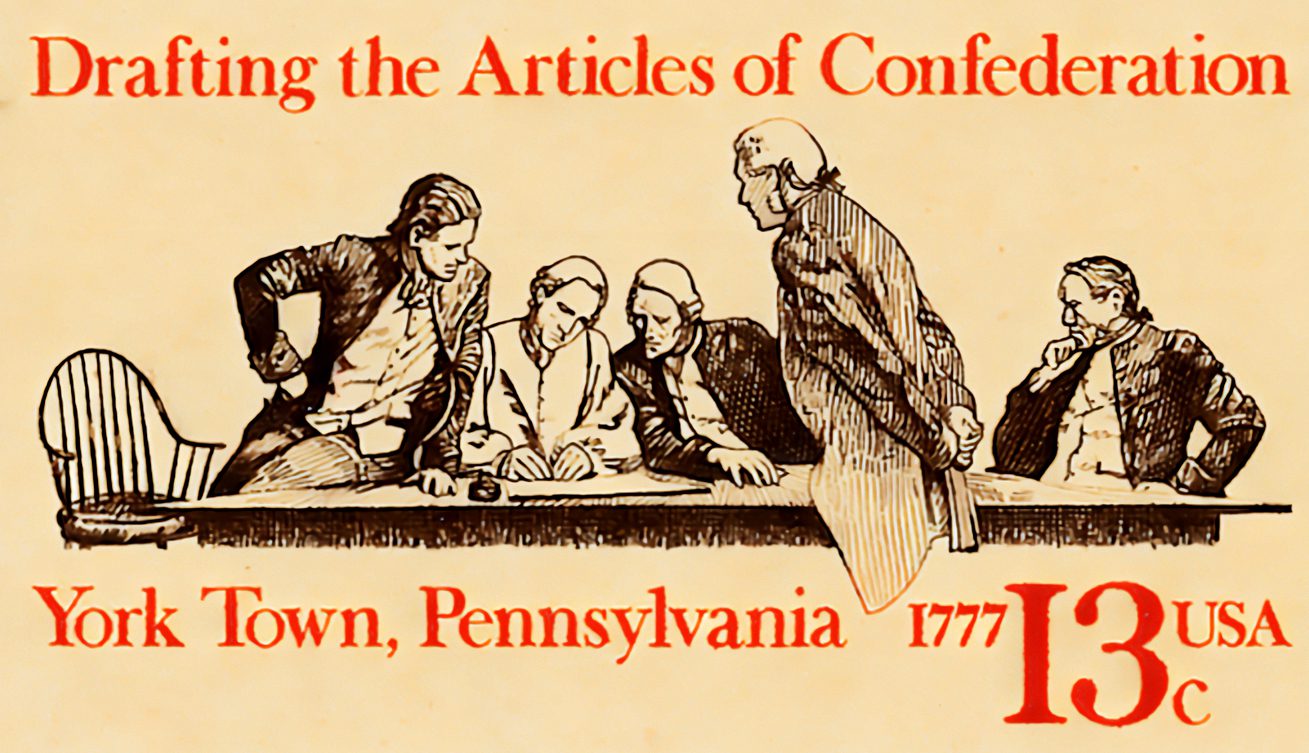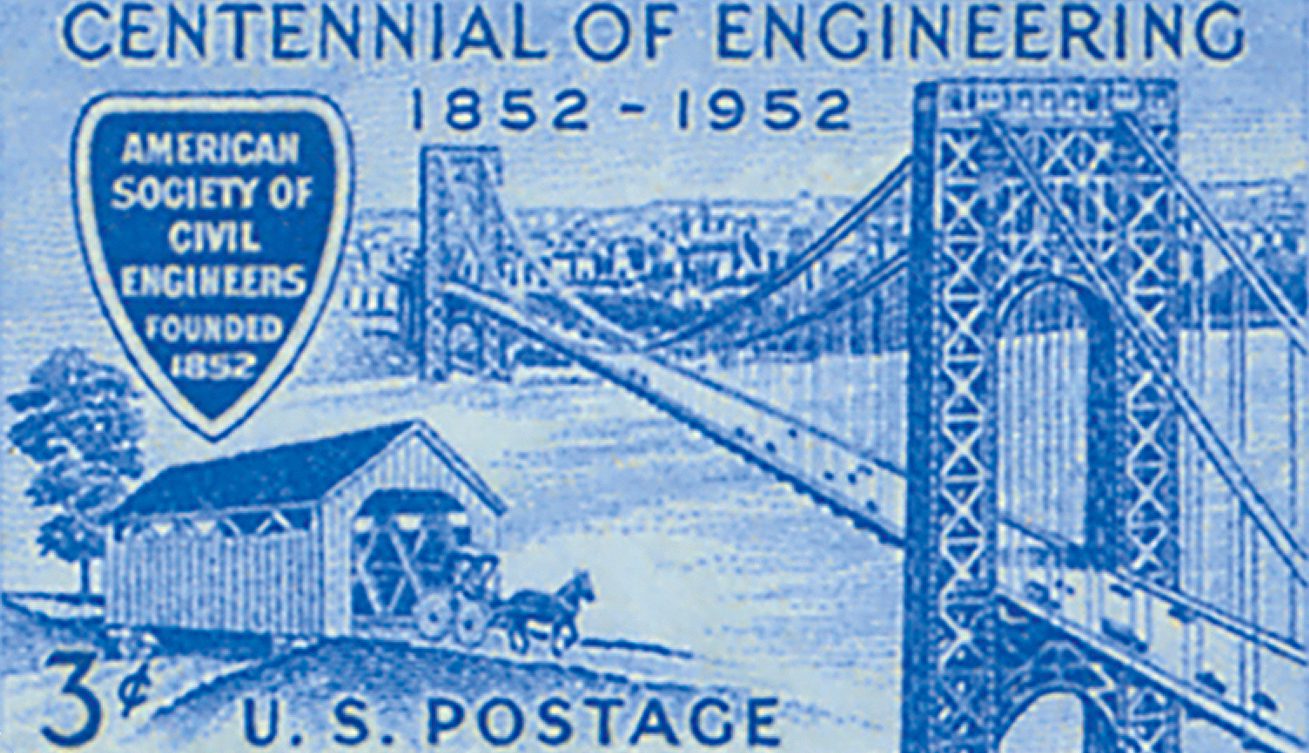Birth of President James Garfield
The last of the “log cabin presidents,” James A. Garfield was born November 19, 1831, near Cleveland, Ohio, to impoverished farmers. Rising from those humble beginnings, he forged a remarkable path as a scholar, Civil War general, and eventually the country’s 20th president.

